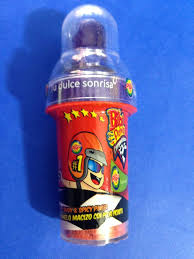December 2017
Noted from the report with comment.
- Salmonella illnesses came from a wide variety of foods. Salmonella illnesses were broadly attributed across multiple food categories. More than 75% of Salmonella illnesses were attributed to seven food categories: Seeded Vegetables (such as tomatoes), Eggs, Chicken, Other Produce (such as nuts), Pork, Beef, and Fruits. [Many animals carry Salmonella and then this can contaminate produce and grain items through cross contamination probably originating with contamination from fecal deposits]
- E. coli O157 illnesses were most often linked to Vegetable Row Crops (such as leafy greens) and Beef. More than 75% of illnesses were linked to these two categories.
- Listeria monocytogenes illnesses were most often linked to Fruits and Dairy products. [Note that meat products are not mentioned here and much of this is due to the work of the meat industry which has conditions and products that are a lot more of a challenge. I suspect that we will see FDA regulated facilities taking clues from the meat industry about Listeria control.]
- More than 75% of illnesses were attributed to these two categories, but the rarity of Listeria monocytogenes outbreaks makes these estimates less reliable than those for other pathogens.
- Non-Dairy Campylobacter illnesses were most often linked to Chicken [but the main source was raw milk. Incredible to think about when you consider how few people actually drink raw milk]
- Almost 80% of non-Dairy foodborne illnesses were attributed to Chicken, Other Seafood (such as shellfish), Seeded Vegetables, Vegetable Row Crops, and Other Meat/Poultry (such as lamb or duck). An attribution percentage for Dairy is not included because, among other reasons, most foodborne Campylobacter outbreaks were associated with unpasteurized milk, which is not widely consumed, and we think these over-represent Dairy as a source of Campylobacter illness. Removing Dairy illnesses from the calculations highlights important sources of illness from widely consumed foods, such as Chicken.
Interagency Food Safety Analytics Collaboration: Release of a New Report on Foodborne Illness Source Attribution Estimates for 2013
December 15, 2017
December 15, 2017




